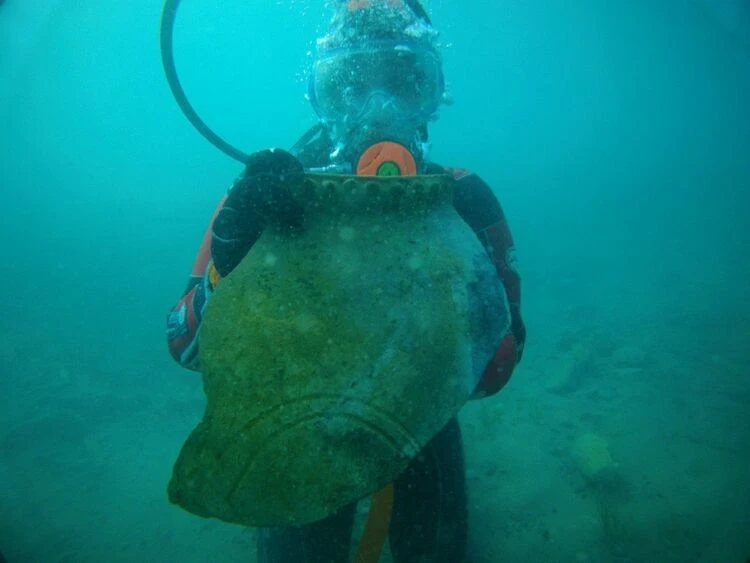
Photo from the internet In the autumn months of 2025, an international underwater archaeological...
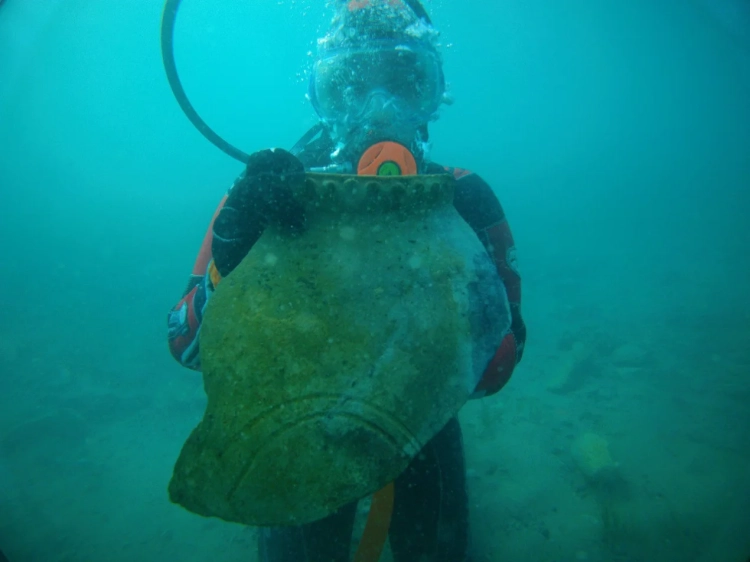
In this area, there used to be a settlement, but a powerful earthquake submerged it underwater, as...

Fedorov Mikhail Nikolaevich (1937), Doctor of Historical Sciences (1990), Professor (1992)...

Archaeologists claim that the region of Pre-Issyk-Kul was inhabited by ancient humans during the...
From October 20 to 21, specialists from the Regional Department for Environmental Protection and...
Employees of Osh State University conducted excavations at the Shut pasture, located in the rural...

Divers managed to retrieve many finds from the bottom, including a whole ceramic vessel, a large...

How Animals Paved the Great Silk Road “The ‘discoverers’ of the Great Silk Road were animals,” say...

Butanaev Viktor (Astaybek) Yakovlevich (1946), Doctor of Historical Sciences (1993), Professor...

Irrefutable Evidence by Yu. A. Zadneprovsky The focus of the research institutes of the Soviet...
A recent find by archaeologists participating in the Kyrgyz-Russian expedition is a stone depiction...
[img]http://vesti.kg/dаta:image/svg+xml;base64,PHN2ZyB4bWxucz0iaHR0cDovL3d3dy53My5vcmcvMjAwM...

Khudyakov Yuliy Sergeyevich (1947), Doctor of Historical Sciences (1988), Professor (1991)...
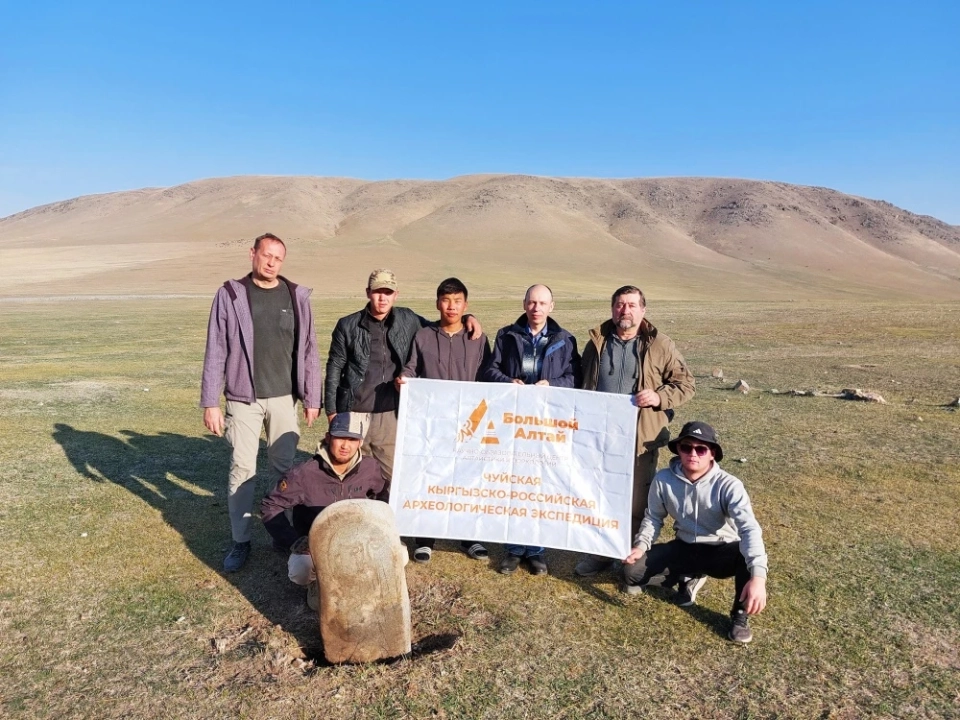
In the Chui region of Kyrgyzstan, archaeologists from Altai State University and the Kyrgyz...

Chiymilova Byubyukan Derkembaevna (1930), Doctor of Historical Sciences (1979) Kyrgyz. Born in the...

The International Seminar "Preservation of Cultural Heritage in Central Asia" on the...

Rest at Issyk-Kul in the Children's Health Center "Ulan" The Children's Health...

Bernsham Alexander Natanovich (1910-1956), Doctor of Historical Sciences (1942), Professor (1946)....

Professor Yuri Alexandrovich Zadneprovsky. Born in 1924 in Gatchina, Leningrad region. Participant...
In Kyrgyzstan, an earthquake with a magnitude of about 3 occurred in the last 24 hours. This...

Ilyasov Satar Ilyasovich (1908-1987), Doctor of Historical Sciences (1967), Professor (1968),...

Archaeologists have found the grave of the apostle Matthew at the bottom of Lake Issyk-Kul Diving...
On November 4, an event was held at the National Academy of Sciences dedicated to the 90th...

Aitmatov Ilgiz Torokulovich Doctor of Technical Sciences, Professor, Academician of the National...
An earthquake has been recorded in the south of Kyrgyzstan, according to information provided by...
Last night, an earthquake with a magnitude of 3.5 was recorded in Kyrgyzstan, according to...
On October 29, 2025, at 11:17 local time, the seismological stations of the Institute of Seismology...

The collectible coins of the series "Kyrgyzstan on the Great Silk Road" are dedicated to...
From October 31 to November 2, three earthquakes were registered in Kyrgyzstan, according to...

Toru-Ayghyr with a Rich Past The village of Toru-Ayghyr, with a population of 2,616, is located on...

Mamasayidov Mukhammedzhan Tashalievich Doctor of Technical Sciences, Professor, Academician of the...

Famous Russian traveler Fyodor Konyukhov is preparing his expedition to Lake Issyk-Kul to search...
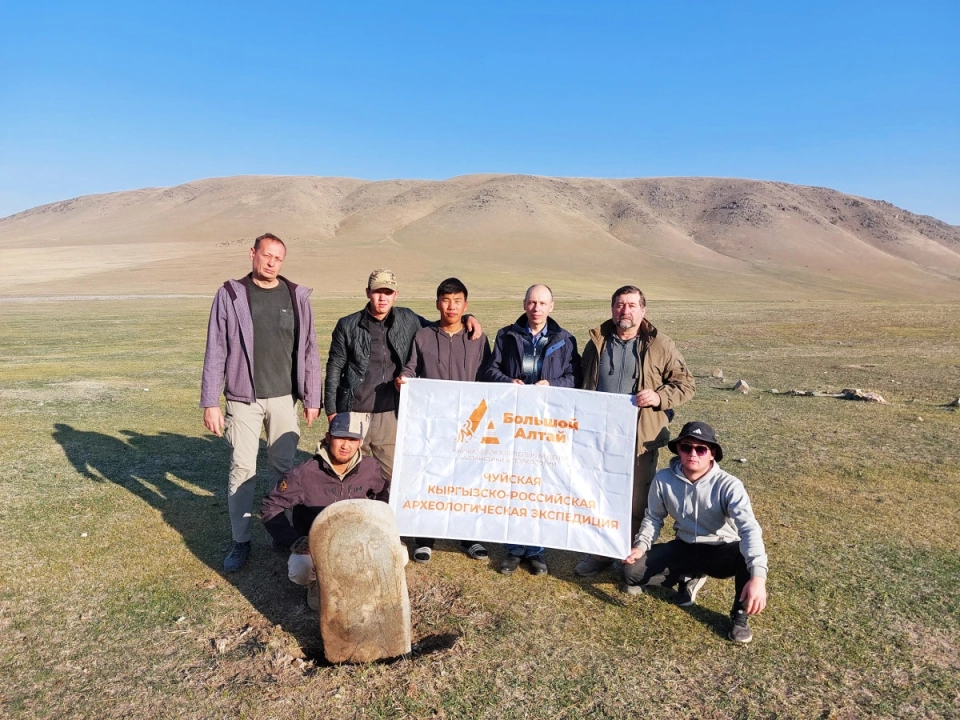
A group of archaeologists from the Scientific and Educational Center of Altaic Studies and...

Early Saka Period (VIII—VI centuries BC). It is represented by metal artifacts: an amulet with a...

On the territory belonging to the Langardara jamoat, archaeologists have explored areas and...

Expeditions 1937-1940 at the Burana Settlement The difficulties of the recovery period in the...

Zhumaliev Kubanychbek Myrzabekovich Doctor of Technical Sciences, Professor, Academician of the...

Nifadyov Vladimir Ivanovich Doctor of Technical Sciences, Professor, Academician of the National...
A fisherman, expressing his concerns to Kaktus.media, reported that he was engaged in amateur...

Yesterday, on September 16, archaeologists from the Kyrgyz-Turkish University "Manas"...

The head of the International Historical and Archaeological Expedition at Issyk-Kul, Academician...
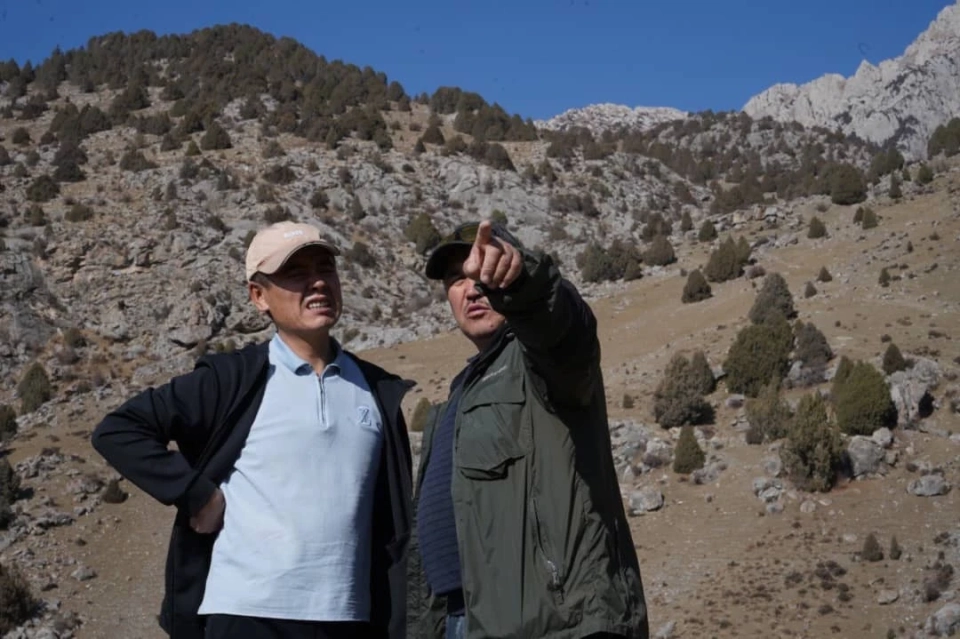
The scientific team of Osh State University conducted a research expedition to the Shut pasture in...

Zalman Lvovich Amitin-Shapiro (1899-1968) — a Soviet Orientalist, ethnographer, and classic of...

The book consists of six main sections that narrate the establishment and development of the...